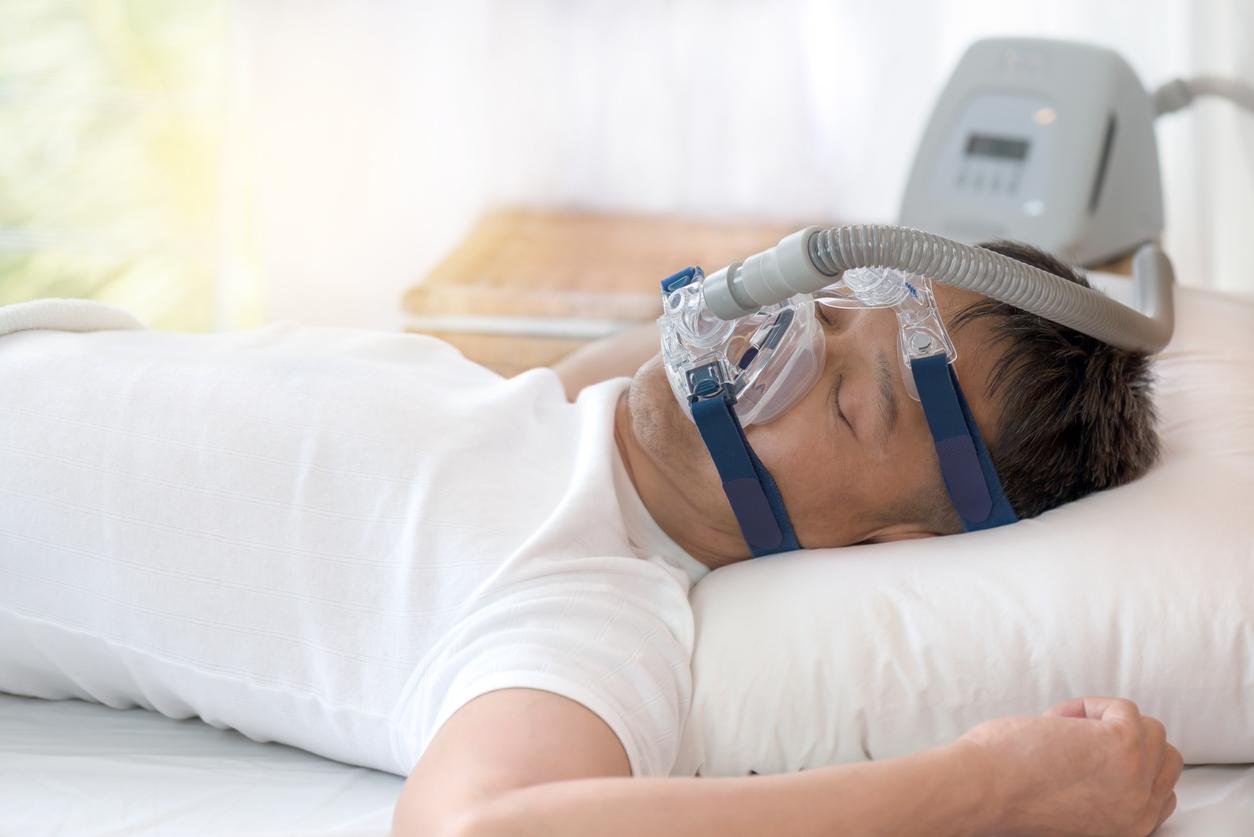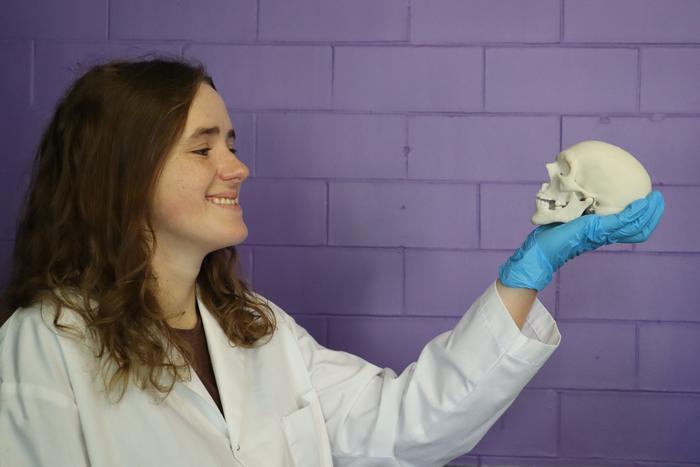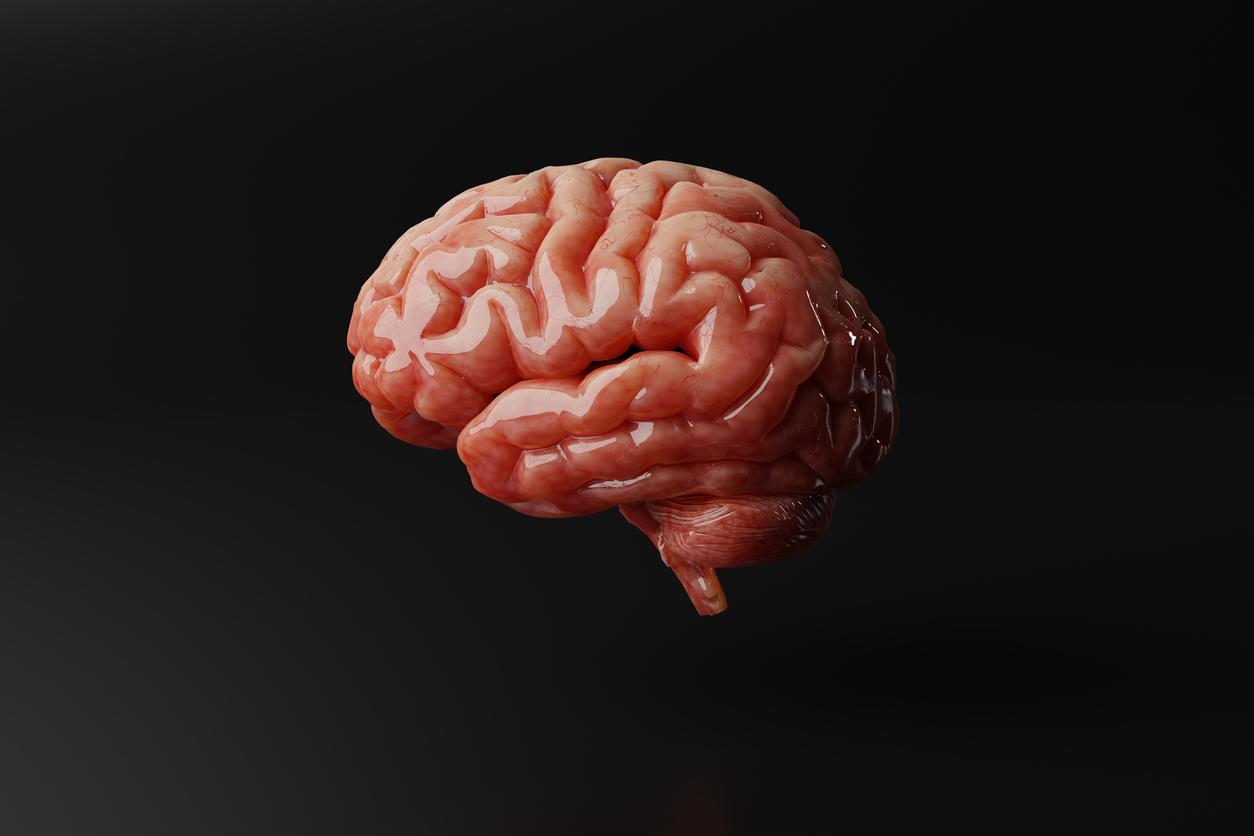A tiny sensor has been developed to monitor intracranial pressure and temperature after an operation. It is then reabsorbed when it is no longer useful.
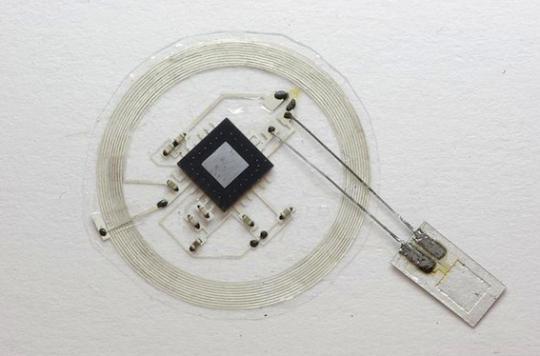
A team of American neurosurgeons and engineers have designed a tiny electronic implant capable of resorbing when no longer needed. An innovation presented this Monday in the scientific journal Nature.
This device would be particularly useful in patients suffering from head trauma or having undergone neurosurgery. Indeed, in the latter, it is important to ensure that the brain damage does not cause an increase in intracranial pressure. To do this, doctors place a large pressure sensor in the skull through a small hole. An invasive procedure that increases the risk of bleeding, infection and can exacerbate brain inflammation.
Smaller than a grain of rice
Faced with all these drawbacks, American doctors and engineers have therefore sought to develop a fully implantable sensor capable of performing the same functions. Constructed from biomaterials including fully biodegradable silicon, the implant is smaller than a grain of rice. It measures intracranial pressure over several weeks, as well as temperature, and transmits all information to the control machines.
This innovative system has been installed in the brains of laboratory rats. These experiments have shown that it does as well as the standard sensor. They also show that it is completely absorbed without danger. Thanks to these very encouraging results, the researchers now hope to test their technology in patients.
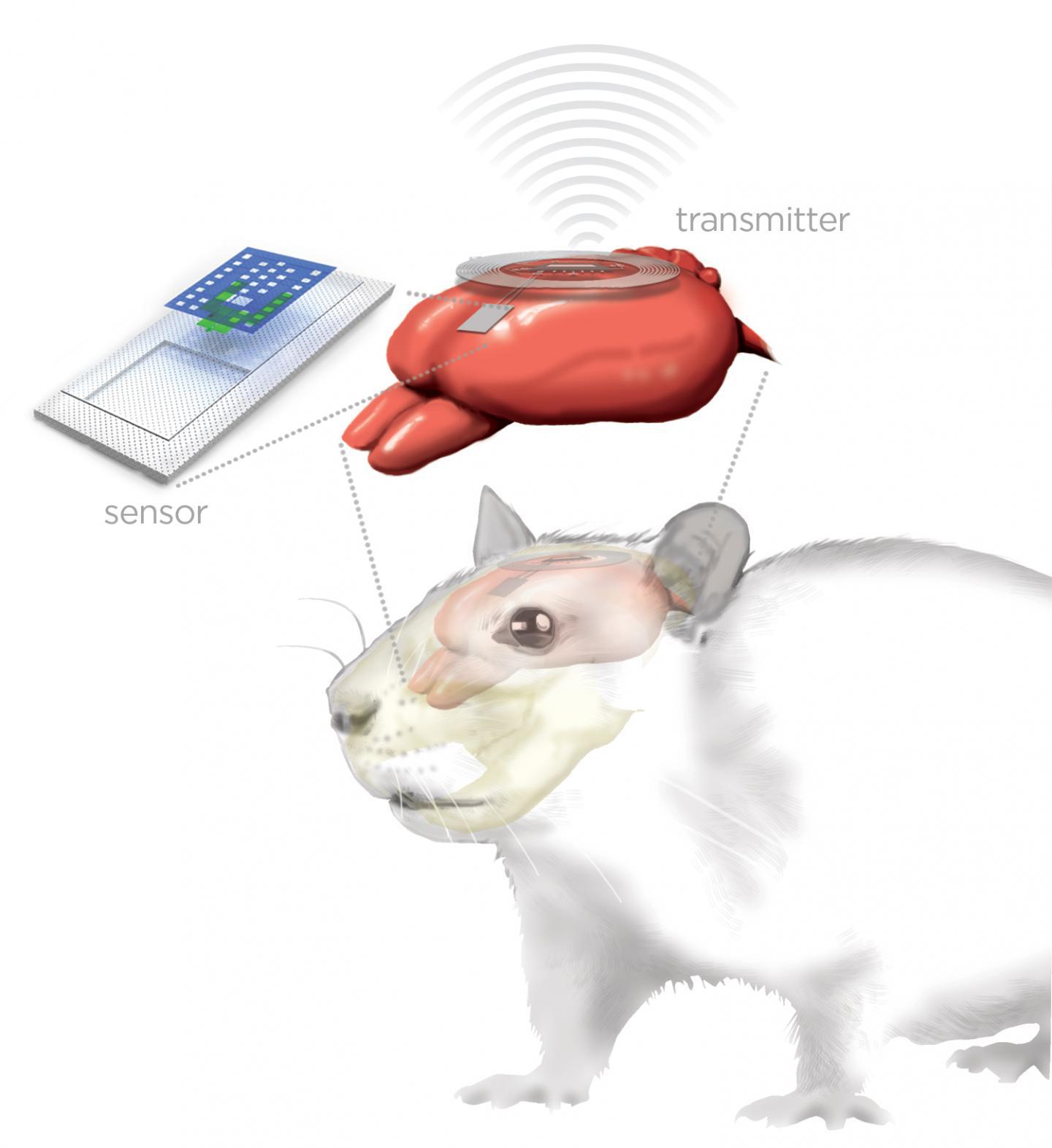
Source: Julie McMahon, University of Illinois
They also indicate that this new type of implant could be adapted to the postoperative monitoring of other organs. “This system could be used in many clinical practices that require implantable or unmanageable monitoring or therapeutic tools,” explains John Rogers, work manager and professor of engineering at the University of Illinois (United States). We believe that in the near future, we will be able to integrate a therapeutic function, such as electrical stimulation or the release of a drug, in this device. “
.







